Tactical Trends: What Can We Expect Tactically
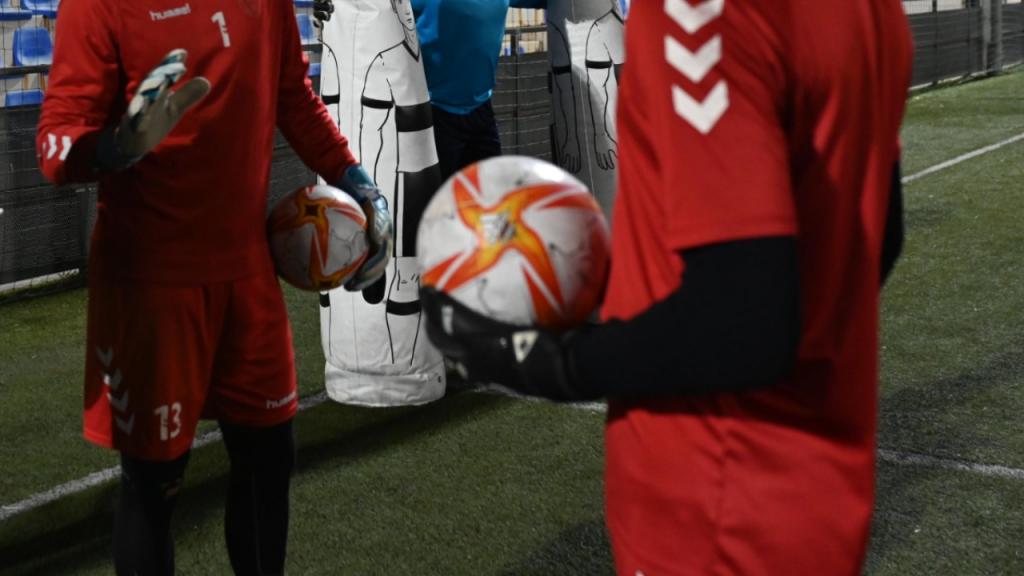
Tactical innovation is vital for teams that want to reach the top and stay there. While predictability is a gift for the enemy, innovative solutions can get even the strongest squads off-guarded.
1 year ago
So, new tactical approaches frequently emerge when old ones wear out. Is it still possible to devise tactical “trends” amid so many different options? Keep reading and find out.
The UEFA EURO 2024 and the CONMEBOL Copa America are just around the corner. Two of the most important continental competitions have several challenges between FIFA champions, showcasing the best international football today. Football fans will be able to see national squads with some of the most expensive players and the best coaches behind them.
Undoubtedly, it’s an excellent opportunity to see advanced and complex tactics performed masterfully. France, Portugal, Belgium, England, and Germany have some of the strongest squads of EURO 2024. Meanwhile, at the CONMEBOL, Argentina, Brazil, and Uruguay are the top favourites. However, Colombia and the United States could also pull up a surprising, but not impossible, victory.
Numbers don’t lie: the number of goals scored per season in the EPL has risen since the 2000s. Let’s consider Arsenal’s case during the 2006-07 season: a nearly unbeatable squad, although most victories were by 1-0. In 2022, the Gunners reached an all-time high average of 2.85 goals per game.
Indeed, most EPL teams have followed the same direction, pointing to a more attack-focused approach across top-flight teams. Recent advances in digital technologies and data analysis have also impacted how coaches and players plan their games.
Here are some trends you’ll probably see across Euro 2024 squads.
Full-backs used to have a purely defensive role, but that has changed significantly over the years. Now, full-backs have much more freedom of movement and are expected to play offensively.
Modern full-backs must also provide support to strikers in advanced positions. When full-backs join the attack, opposing defenders can be outnumbered and overwhelmed, resulting in more goals.
Top European teams have been demonstrating the importance of pressing and counter-pressing. High-pressing teams can have more ball possession, resulting in greater control over the game. Additionally, counter-pressing creates turnover opportunities.
If, in the past, only a handful of players were expected to press, now the entire team needs to make a complex and coordinated effort to suffocate opponents. The result is a pretty engaging ballet, with both sides constantly trying to outnumber each other wherever the ball is in the field.
Rigid formations are way too predictable and are no longer in use. Enter positional play: Pep Guardiola popularised this style, and several coaches have adopted it. This approach allows for formation changes seamlessly mid-game, according to the situation. Players move in a diamond-shaped or triangle formation around the player with the ball, creating passing opportunities, numerical advantages and superior positioning. No rigid formation can beat that.
More clubs are including performance metrics and data analysis tools in their strategies and training routines. Performance-tracking technologies can give valuable insights into players' gameplay patterns, statistics and physical capabilities, resulting in more informed decisions.
Data analysis also crunches the numbers of collective performances, revealing positional weaknesses and areas that need improvement. Likewise, coaches can use this technology to analyse the opponent's side and adjust their tactics for each match.
High-pressing and positional tactics are physically very demanding since players rarely stop. It requires quite a lot of physical resilience to keep a high-pressing level of play for 90 minutes. That’s why most coaches now focus on strengthening the players’ health conditions and fitness during training.
Once again, data analysis can help significantly, suggesting training routines, diets, and technical aspects that may need improvement, resulting in more resilience.
The modern frontline makes no distinction between attacking midfielders, wingers and strikers, giving birth to the “hybrid forwards.” Hybrid forwards can play across all those positions interchangeably. They often trick the defensive line since the opponents never know who’ll attack and where. Such flexibility also allows coaches to maximise their forwards’ individual qualities.
While coaches adopt new tactics, some old ones are falling into oblivion. They used to be big hits, but now they're seen as risky, imprecise and violent. There are some tactics that are currently in decline.
Ballcrossing was a very popular attacking method. In the early 2000s. However, it disappeared quite quickly from the field. If we compare the statistics for crossing in the EPL 2003-04 season, we’ll notice a sharp 43% decrease. More modern tactics value precision and accuracy over fast attacks, which explains why we have been seeing less crossing lately.
Shooting from a range is also in decline for the same reasons. Firing shots from outside the box was quite common until the 2009-10 EPL season when the decline of this method started.
Perhaps, uncoincidentally, the number of goals per season also began to rise that year. In fact, less than 4% of the long shots fired since the 2010-11 season resulted in goals. Nowadays, it’s more common to see teams working their way into the box and shooting from close range.
Tackling also has been declining for about 20 years now. Many players from the past, like Joao Palhinha and Aaron Wan-Bissaka, were praised for their excellently timed tackles.
South American leagues are also quite infamous for recurrent and frankly violent tackles. However, lawmakers have been successively curbing tackles, which explains the continuing decline of this move. Instead of ramming into their opponents, modern squads work on pressing and prevention in the midfield so that they won’t need to tackle anyone in the box.
Modern football tactics are more about ball possession, field control, precise movements and minimising faults. Such tactics require multi-skilled players with the physical ability to keep running across different positions for 90 minutes. Unquestionably, the final result is very pleasing for fans, with much more dynamic matches, surprising attacks and even more goals.
The UEFA EURO 2024 and the CONMEBOL Copa America are just around the corner. Two of the most important continental competitions have several challenges between FIFA champions, showcasing the best international football today. Football fans will be able to see national squads with some of the most expensive players and the best coaches behind them.
Undoubtedly, it’s an excellent opportunity to see advanced and complex tactics performed masterfully. France, Portugal, Belgium, England, and Germany have some of the strongest squads of EURO 2024. Meanwhile, at the CONMEBOL, Argentina, Brazil, and Uruguay are the top favourites. However, Colombia and the United States could also pull up a surprising, but not impossible, victory.
Numbers don’t lie: the number of goals scored per season in the EPL has risen since the 2000s. Let’s consider Arsenal’s case during the 2006-07 season: a nearly unbeatable squad, although most victories were by 1-0. In 2022, the Gunners reached an all-time high average of 2.85 goals per game.
Indeed, most EPL teams have followed the same direction, pointing to a more attack-focused approach across top-flight teams. Recent advances in digital technologies and data analysis have also impacted how coaches and players plan their games.
Here are some trends you’ll probably see across Euro 2024 squads.
Full-backs used to have a purely defensive role, but that has changed significantly over the years. Now, full-backs have much more freedom of movement and are expected to play offensively.
Modern full-backs must also provide support to strikers in advanced positions. When full-backs join the attack, opposing defenders can be outnumbered and overwhelmed, resulting in more goals.
Top European teams have been demonstrating the importance of pressing and counter-pressing. High-pressing teams can have more ball possession, resulting in greater control over the game. Additionally, counter-pressing creates turnover opportunities.
If, in the past, only a handful of players were expected to press, now the entire team needs to make a complex and coordinated effort to suffocate opponents. The result is a pretty engaging ballet, with both sides constantly trying to outnumber each other wherever the ball is in the field.
Rigid formations are way too predictable and are no longer in use. Enter positional play: Pep Guardiola popularised this style, and several coaches have adopted it. This approach allows for formation changes seamlessly mid-game, according to the situation. Players move in a diamond-shaped or triangle formation around the player with the ball, creating passing opportunities, numerical advantages and superior positioning. No rigid formation can beat that.
More clubs are including performance metrics and data analysis tools in their strategies and training routines. Performance-tracking technologies can give valuable insights into players' gameplay patterns, statistics and physical capabilities, resulting in more informed decisions.
Data analysis also crunches the numbers of collective performances, revealing positional weaknesses and areas that need improvement. Likewise, coaches can use this technology to analyse the opponent's side and adjust their tactics for each match.
High-pressing and positional tactics are physically very demanding since players rarely stop. It requires quite a lot of physical resilience to keep a high-pressing level of play for 90 minutes. That’s why most coaches now focus on strengthening the players’ health conditions and fitness during training.
Once again, data analysis can help significantly, suggesting training routines, diets, and technical aspects that may need improvement, resulting in more resilience.
The modern frontline makes no distinction between attacking midfielders, wingers and strikers, giving birth to the “hybrid forwards.” Hybrid forwards can play across all those positions interchangeably. They often trick the defensive line since the opponents never know who’ll attack and where. Such flexibility also allows coaches to maximise their forwards’ individual qualities.
While coaches adopt new tactics, some old ones are falling into oblivion. They used to be big hits, but now they're seen as risky, imprecise and violent. There are some tactics that are currently in decline.
Ballcrossing was a very popular attacking method. In the early 2000s. However, it disappeared quite quickly from the field. If we compare the statistics for crossing in the EPL 2003-04 season, we’ll notice a sharp 43% decrease. More modern tactics value precision and accuracy over fast attacks, which explains why we have been seeing less crossing lately.
Shooting from a range is also in decline for the same reasons. Firing shots from outside the box was quite common until the 2009-10 EPL season when the decline of this method started.
Perhaps, uncoincidentally, the number of goals per season also began to rise that year. In fact, less than 4% of the long shots fired since the 2010-11 season resulted in goals. Nowadays, it’s more common to see teams working their way into the box and shooting from close range.
Tackling also has been declining for about 20 years now. Many players from the past, like Joao Palhinha and Aaron Wan-Bissaka, were praised for their excellently timed tackles.
South American leagues are also quite infamous for recurrent and frankly violent tackles. However, lawmakers have been successively curbing tackles, which explains the continuing decline of this move. Instead of ramming into their opponents, modern squads work on pressing and prevention in the midfield so that they won’t need to tackle anyone in the box.
Modern football tactics are more about ball possession, field control, precise movements and minimising faults. Such tactics require multi-skilled players with the physical ability to keep running across different positions for 90 minutes. Unquestionably, the final result is very pleasing for fans, with much more dynamic matches, surprising attacks and even more goals.

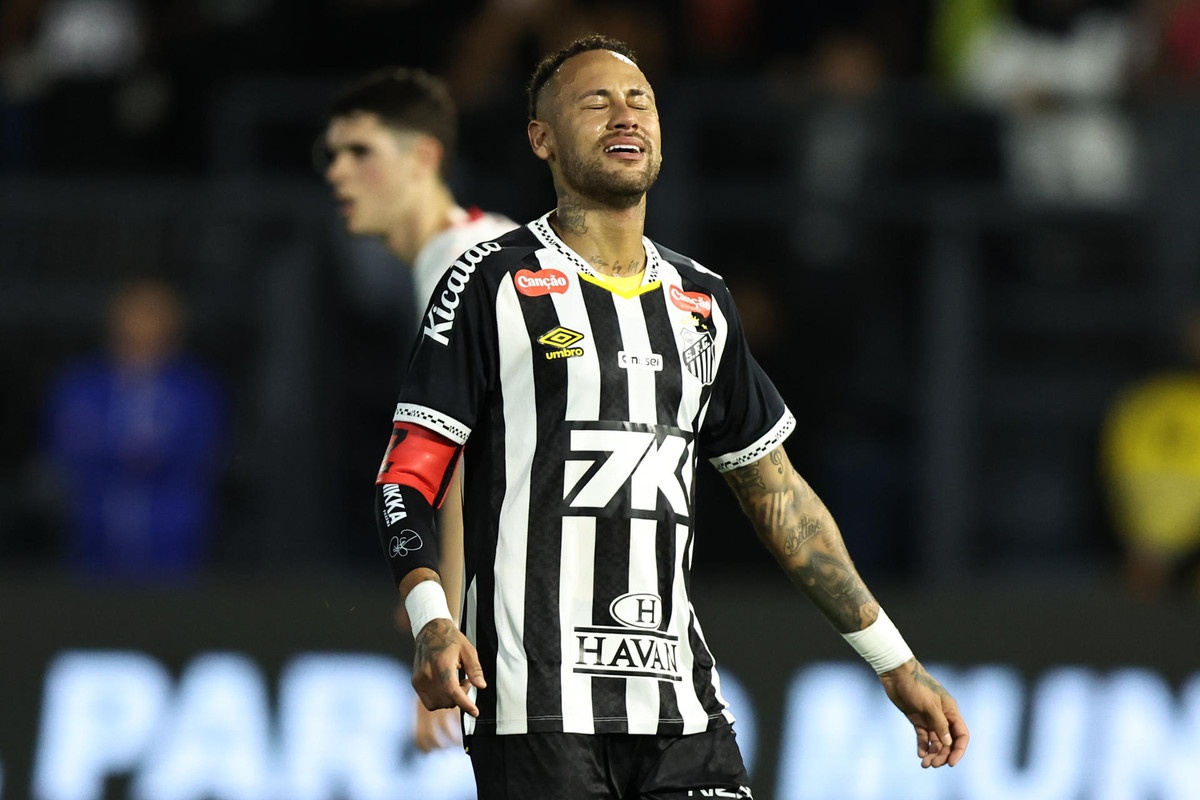
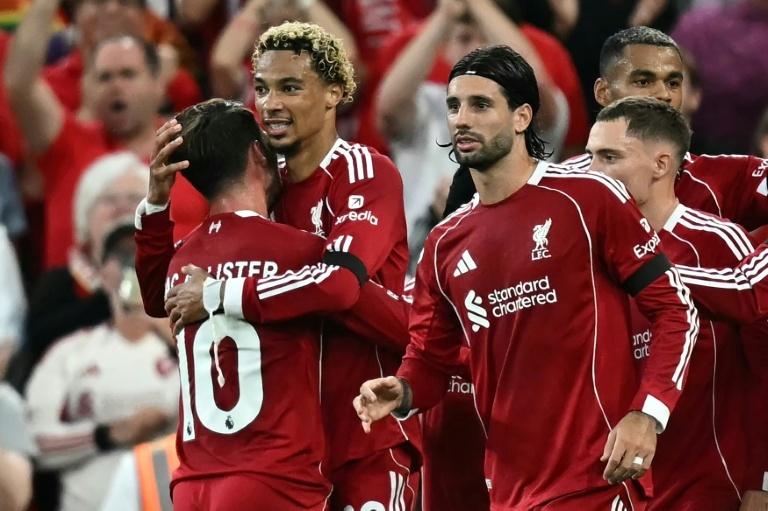


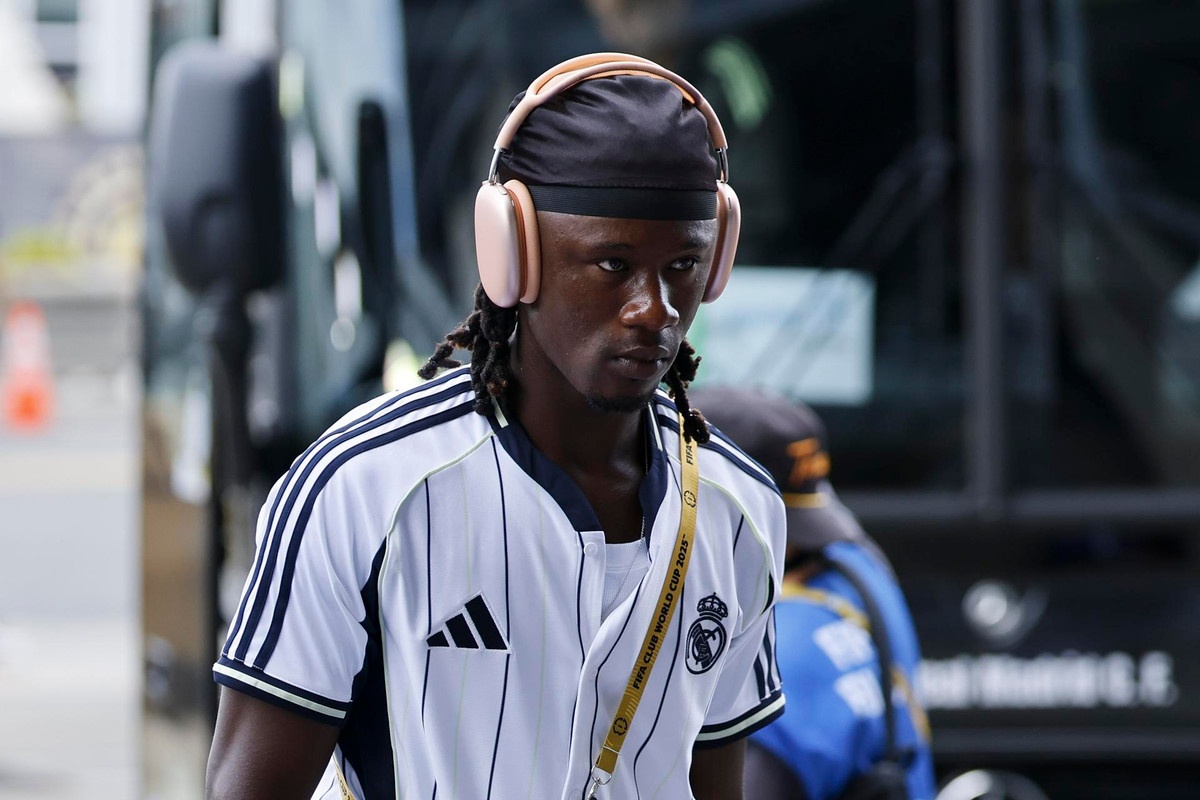
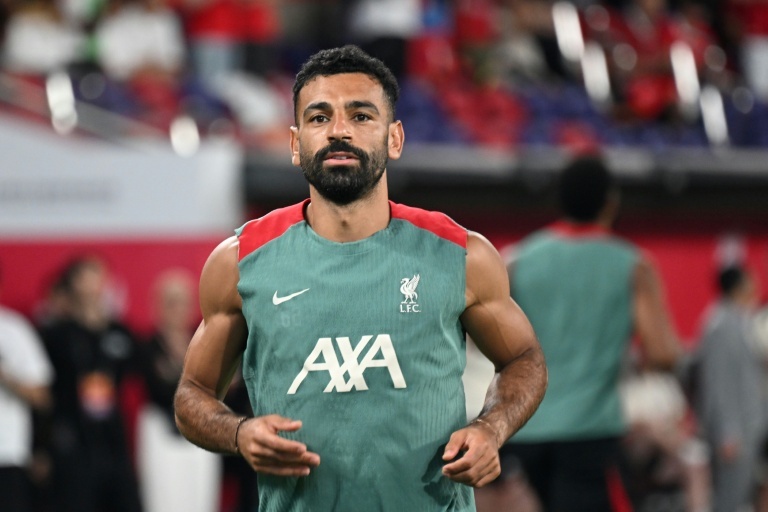
Comments